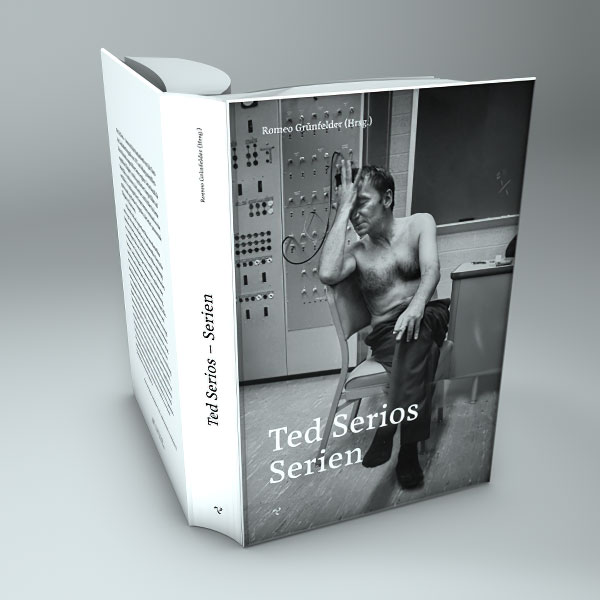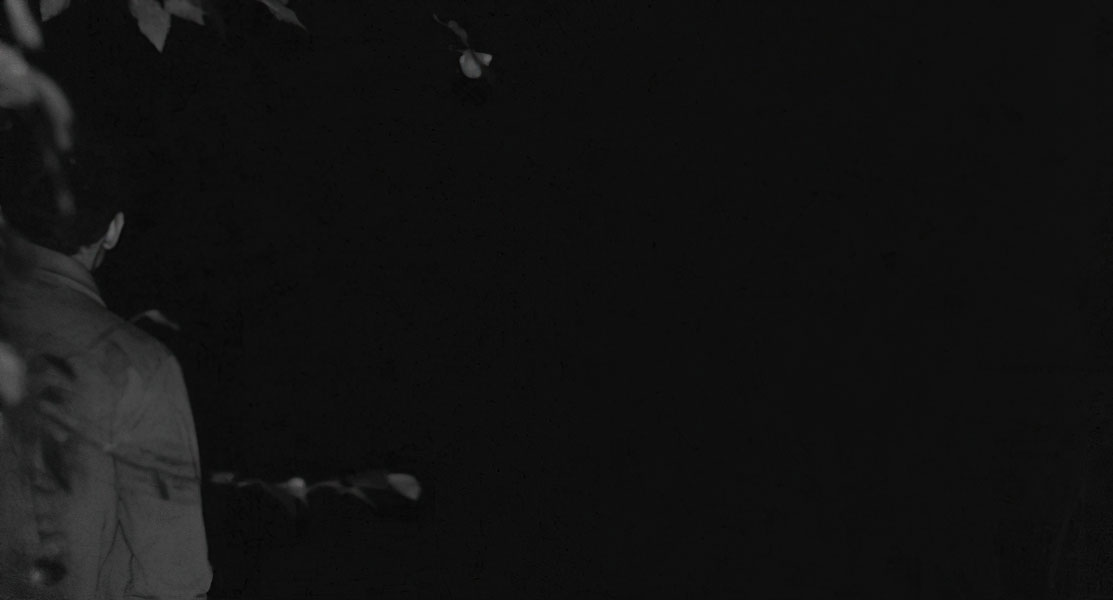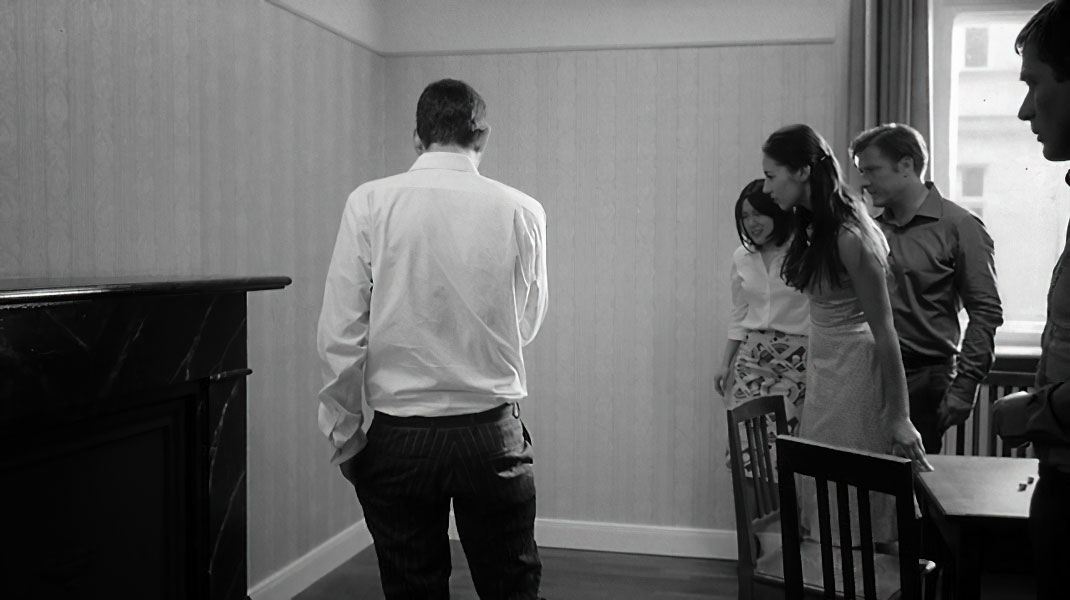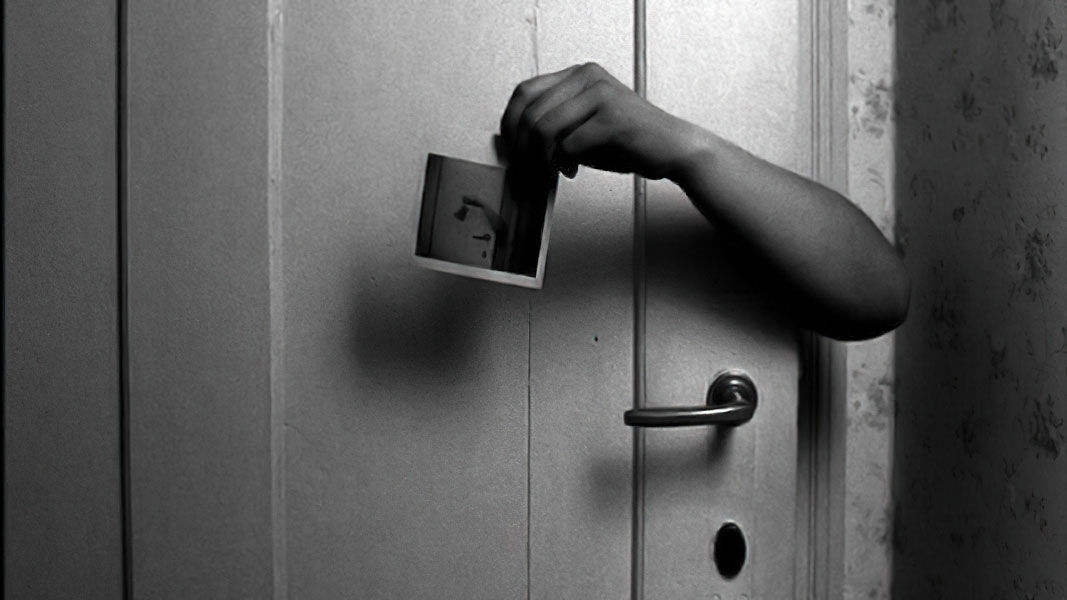Romeo Grünfelder
Session 1: The Thoughtography of Ted Serios
The "Ted Serios. Series" volume, published in 2016, focuses on a specific field of paranormal photography, so-called "thoughtography". Created using a forgery-proof Polaroid process, the unsettling Polaroid photos that resulted from this were unpublished up to then. The supposed ability of the dubious bellhop Ted Serios to project images by means of psychic energy onto instant Polaroid photos has continued to amaze both researchers and critics up to the present day. Under the watchful eyes of honorable scientists in extensive experiments, several series of "psychic photographs" were created that rekindled the historic discourse on spirit photography in the 1960s.
Session 2: Photographic Surrealism in the "Subversion d'image" Film Anthology
The presentation of three films from the ten-part "Subversion d'image" film anthology provides an exemplary illustration of the photographic relationship with surrealistic photography, as indeed the various shifts and displacements found in narratives and perceptions. Doing so, seeing is subject to the same parametric traces that reveal themselves as being meaningful, yet can also be inscribed as a geometry of the imaginary. With the films, in each case it is clarified differently that there is something to see which paradoxically does not seem to be visible. In this exact moment when the irritation flashes up as a "punctum", merely a hint of the virtual occurs in its surreal efficacy.
The Thoughtography of Ted Serios
D
Credits
Editor ans Author: Romeo Grünfelder
Subversion d’image IV: sorcière japonaise
16mm, 4.38 min, D 2016
Synopsis
Projection | The camera follows several men forcing their way through the undergrowth in a night-time forest. They draw the viewer into their pursuit yet keep them in the dark about the men's intentions and motivation – until the image opens up in the end to reveal the view of the screen as a projection surface in a double sense. On the one hand as a metaphor for the unattainability of the object of desire and, on the other hand, as a surface onto which the film can be screened in the first place. Between these two poles, the camera enkindles a pulling effect, in which the desire finds no fulfillment, and is instead cast back upon itself. The film refers to "The Park" photo series from the Japanese photographer, in which the viewer becomes a voyeuristic accomplice in the night-time observations.
Credits
Director: Romeo Grünfelder
Subversion d’image III: naissance d'un objet
16mm, 4.10 min, D 2008
Synopsis
Perspective | The film is based on a photograph by the Belgian surrealist Paul Nougé from1929: A group of young people are sitting around a table and playing dice. They interrupt their game when they suddenly discover an object invisible to the viewer in the middle of the room. The film makes visible the transition from pure replication to the construction of reality. The apparently empty center, around which the protagonists and indeed the whole film are circling, presents itself over the course of the film as the center point of the film image. With the perspective being reflected therein as a condition of seeing in that it becomes visible as an empty, blank space.
Credits
Director: Romeo Grünfelder
Subversion d’image II: le bras polaroid
16mm, 4.10 min, D 2008
Synopsis
Time | "Le bras polaroid" can be traced back to a photograph by Paul Nougés: "Le bras révélateur" as the piece from 1929 was named. It consists of an arm with an outstretched forefinger, jutting out from a door gap. Also in "Le bras polaroid", an arm appears in the image. In this case, however, its hand is wagging an exposed Polaroid photo back and forth to speed up the chemical development process. After some time, the movement of the hand freezes: The developed Polaroid shows the motif of the film image that was not yet seen at all at the beginning. The prediction of this occurrence becomes visible – even before the occurrence itself does. Like on a Moebius strip, the levels of reality shift seamlessly between identity and otherness, the former and the latter. Which image was first?
Credits
Director: Romeo Grünfelder
CV
Romeo Grünfelder (Hamburg) is a filmmaker and artist. In his works, paranormal photographs of seemingly supernatural phenomena are contrasted with everyday experiences, through which a supposed causality between discontiguous elements is evoked. His works have been shown and garnered awards at exhibitions, as well as at international film and media festivals.






